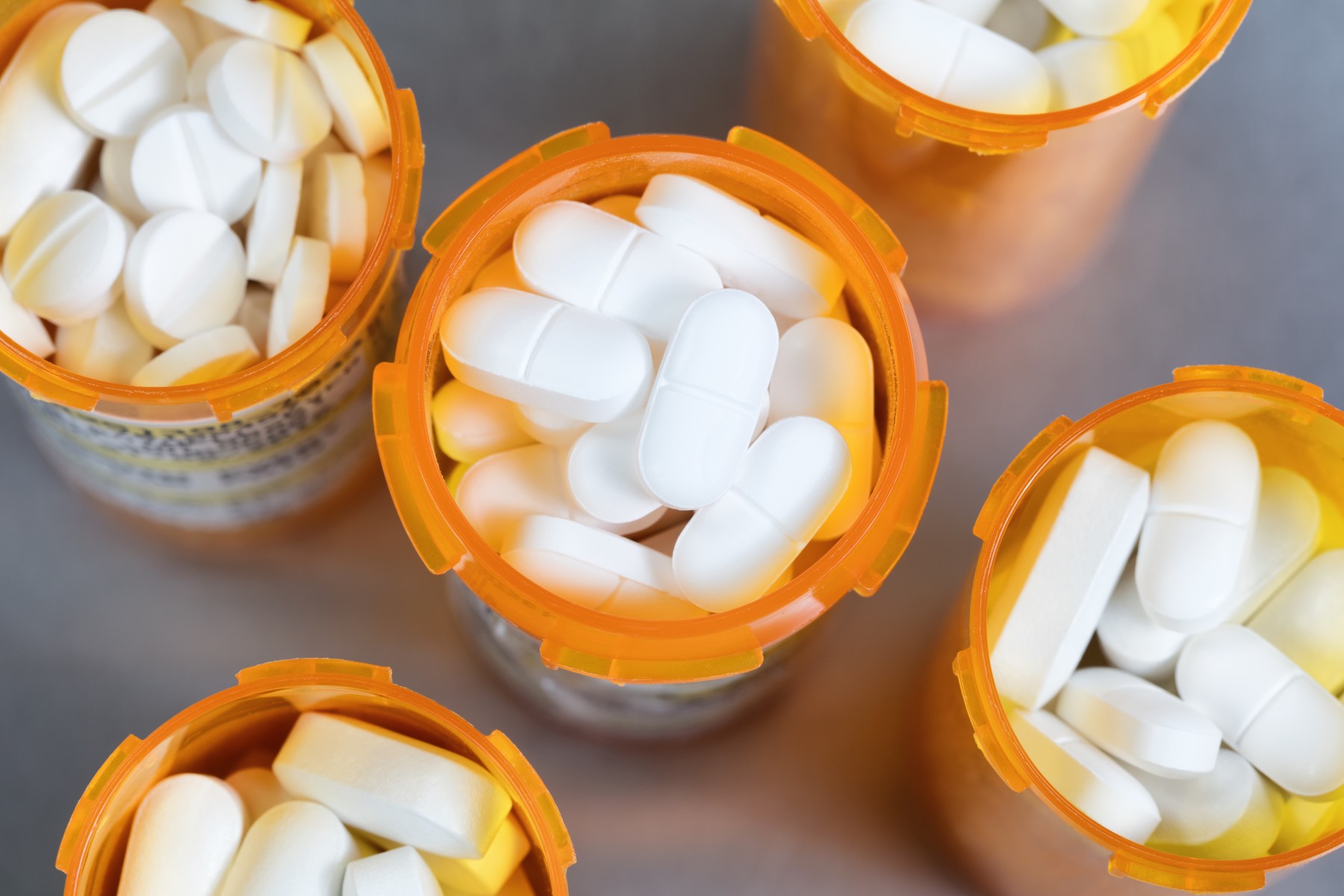Opioids and Kids: What We’ve Learned
 Dr. Abbey Masonbrink, MD, MPH Pediatric Hospitalist
Dr. Abbey Masonbrink, MD, MPH Pediatric Hospitalist
The opioid crisis in this country has brought much-needed attention to a major public health problem – in addition to increasing abuse and overdose of prescription opioid painkillers in adults, there has also been increasing unnecessary exposure to these drugs in children leading to hospitalizations and deaths. While the national focus has been mostly on the adult population, little research has been done when it comes to pediatrics.
Opioid misuse is rapidly increasing among adolescents and young adults, and knowing the current trends in opioid prescriptions is essential to inform interventions to begin to address the problem. Several of my colleagues and I recently studied the recent trends in opioid prescriptions for children, and discovered that more research is needed to better understand effective pain control in children while minimizing risks and the long-term repercussion of opioid exposure.
The Current Landscape
Although opioids are an effective option for pain relief, they can also lead to addictive behavior and substance abuse problems in adolescents and young adults if not properly managed. Due to increased access to opioids there has been a dramatic increase in unintentional opioid poisonings and opioid-related deaths in children and adolescents, as well as hospitalizations.
Despite widespread knowledge of the opioid epidemic and multiple FDA safety warnings regarding opioid use in children, little is known regarding trends in opioid prescriptions in children since 2012. Therefore, we studied trends in opioid prescriptions from 2012-2016 to children enrolled in Medicaid to find out where opioid prescriptions are coming from and what opioids are being prescribed.
We found that while opioid prescriptions in children have declined in recent years, opioids remain frequently prescribed, especially in adolescents, after dental surgery as well as out-patient surgery, an inpatient stay (upon hospital discharge for pain management at home) and the emergency department.
Misuse, Unnecessary Exposure and Long-Term Effects
Having an opioid in the home presents a potential problem for that medication to be misused. Adolescents that abuse opioids often use the drug to get high, whether it’s their own prescription or one that belonged to a friend or family member. Other times, it’s a toddler that comes across the pills and unintentionally ingests the medication. Either way, it can cause respiratory depression and even death.
We know the immediate effects of what happens when a child overdoses on opioids, but the long-term outcomes related to addiction and misuse are still unknown. We simply need more research to understand what opioid exposure does to the developing brain, and whether some children are predisposed to activation of pathways in the brain that lead to opioid misuse. When a child, particularly an adolescent, is exposed to an opioid and continues to use it they are very high risk for a long struggle with drug addicition.
The Multimodal Approach to Pain Management
In the early 2000’s, it was believed that doctors were undermanaging pediatric pain in general, so many providers were taught not to undertreat pain. A lot of guidelines are still dated to that time period and unfortunately there remains little research to inform development of effective pain management guidelines in children while minimizing opioid use.
Pain management based in a multimodal approach prioritizes the use of non-opioid pain relievers to effectively treat pain in children while minimizing unnecessary use of opioids. The goal is to use a less powerful medication such as acetaminophen or ibuprofen as a first step for milder types of pain a child could be experiencing. But, acetaminophen or ibuprofen have their own risks, so these medications should still be administered according to appropriate dosage, but alternating the medications – in anticipation of worsening pain or when the child is just in mild pain – can help keep pain under control before it gets severe. Certain types of pain may also respond to massage therapy, aromatherapy and acupuncture. Opioids can then be introduced if the pain progresses and becomes moderate or severe.
Types of Opioids Used in Children
One of the most important things we discovered in our findings, by far, is a vast majority of opioids are being prescribed in combination with acetaminophen. (The most frequently prescribed opioid is hydrocodone in combination with acetaminophen.)
Combination pills are handy when it’s hard to get a child to swallow a pill – the child only needs to take one pill instead of two. However, combination pills make it difficult to use the multimodal approach. If a child is given a combination drug in addition to an over-the-counter acetaminophen the child is doubling up on acetaminophen and is at risk of suffering an adverse outcome.
We also found that despite multiple FDA safety warnings against use of codeine and tramadol in children, these opioids remain among the top opioids prescribed to children.
What Parents Should Know
It’s important for doctors to clearly communicate with families the risks involved in opioid exposure, the clear indication for when to use an opioid for pain relief in their children and how to minimize use of the opioid. Parents need to understand what is being prescribed and to speak with the child’s provider to find out if it’s better to give opioids and acetaminophen together or separately. Parents should also be informed on how to safely dispose of excess pills that were prescribed but not needed.
Future Research
Improved knowledge regarding current opioid prescribing patterns and trends for children could reveal opportunities for intervention and inform development of future pain management guidelines in children. It is clear further research is critical to inform development of current pediatric pain management guidelines based in a multimodal approach and future efforts should also target reduction of prescriptions for opioids with safety warnings against use in children.
Important facts to know when taking opioids.
Learn more about medication safety and medication disposal.

